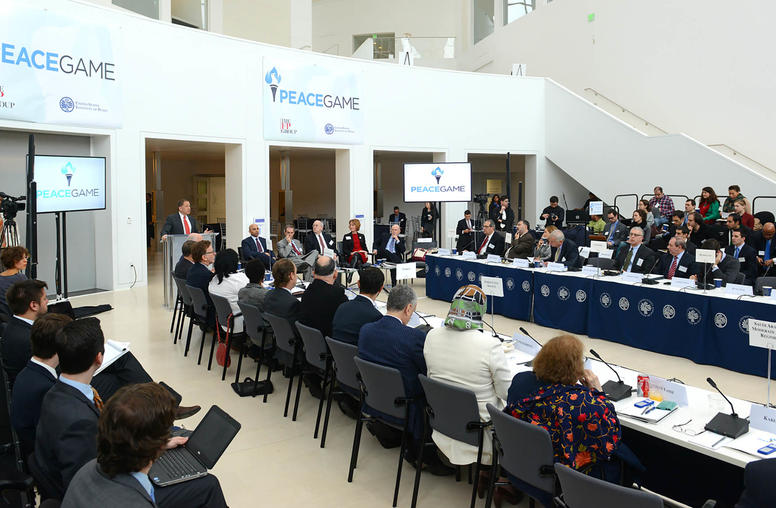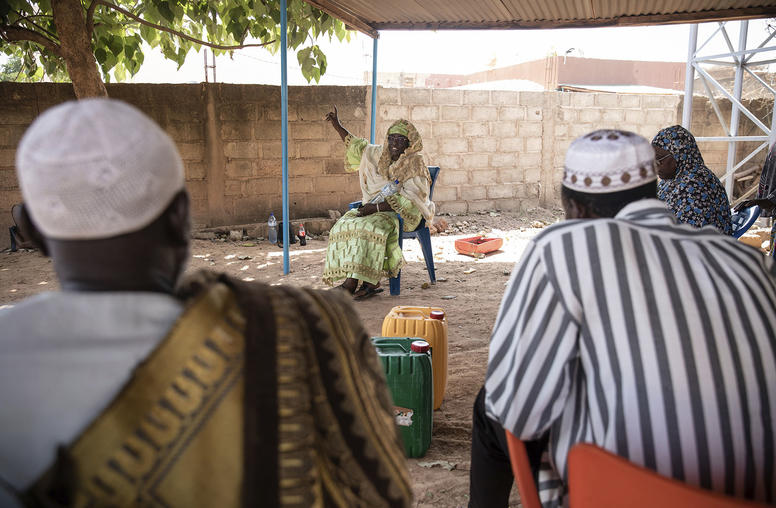Media in Fragile Environments
The methodology defined in this work helps a media assessment team understand the causes of conflict in a society, identify changes that could reduce that conflict, and create media interventions that help realize those changes.
Over the past twenty years, media interventions have become an accepted tool for conflict management. Interventions have often proven ineffective, however, because they lacked clear definition of their intended outcomes. This research describes an Intended-Outcomes Needs Assessment methodology (IONA) to help address this by:
- Integrating conflict analysis and media assessments to sharpen the focus on peacebuilding objectives; and
- Improving the quality and precision of project plans to enable better comparison of the results achieved.
About IONA
The IONA methodology helps a media assessment team understand the causes of conflict in a society, identify changes that could reduce that conflict, and create media interventions that help realize those changes.
The IONA methodology is composed of two complementary elements, the IONA framework and the IONA process.
- The IONA framework defines the information that is needed to understand how to foster social change that prevents conflict and/or builds peace. The assessment team uses the IONA framework to organize information about social transformations that have already occurred in the target society and helps the team identify transitions that should occur to achieve certain outcomes that may reduce conflict.
- The IONA process is an interview-based, three-stage process designed to manage the collection and synthesis of information describing the media, the conflict, and the relationship between the two. Using the process, a media assessment team can populate the IONA framework with information that enables more effective design and comparison of options for media intervention.
To help manage the data collected during the IONA process, USIP has developed an Excel-based analysis tool (Frame Manager) with basic functionality (search, sort, ranking, filtering, and comparison) to compare different frames. We invite IONA users to download and use this prototype tool.
- Download the Frame Manager tool
Because USIP plans to develop custom software to support IONA, we encourage users to communicate any feedback or insights, they may have about using either IONA or the Frame Manager.



